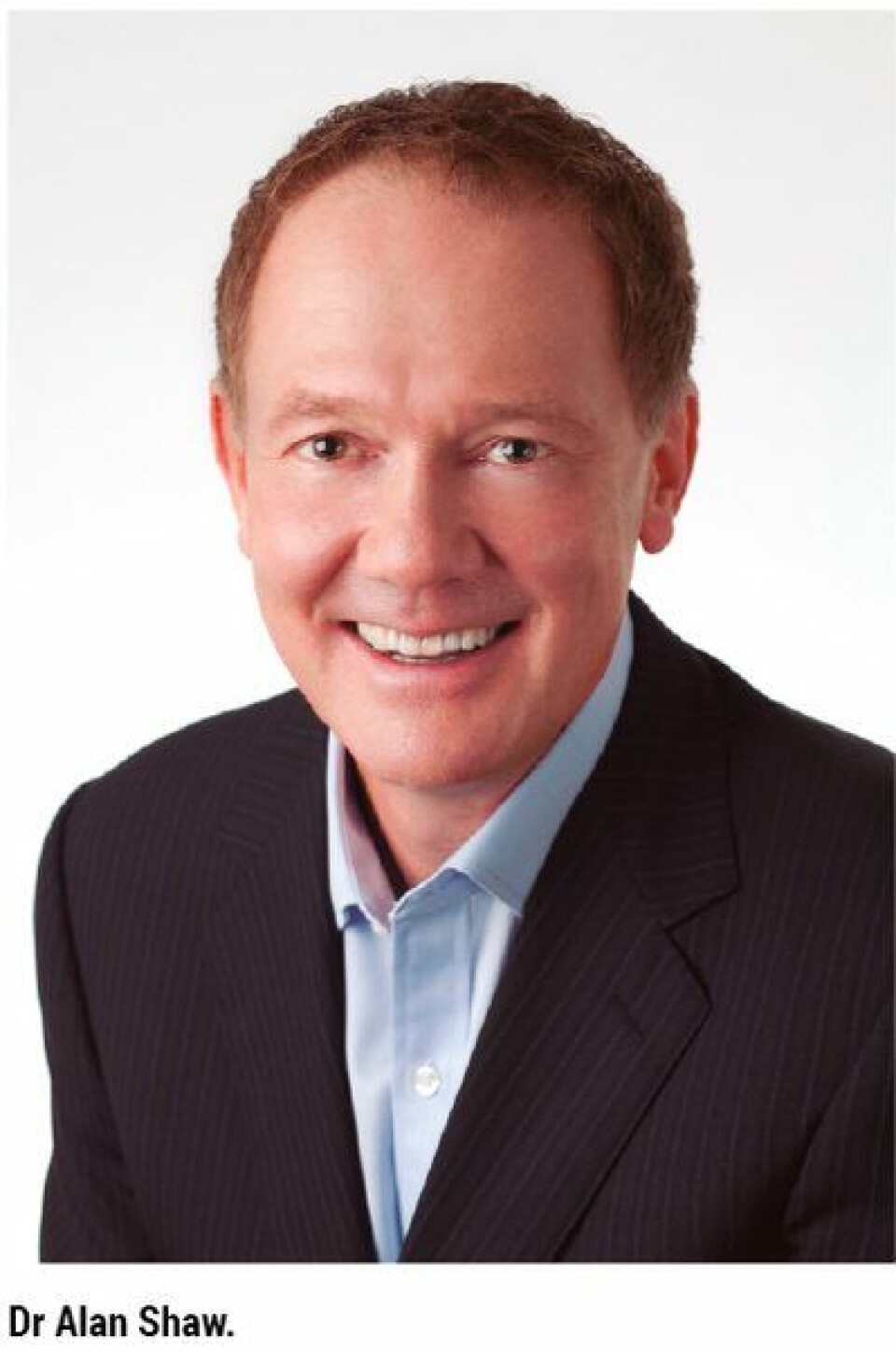Making a meal out of methane
By Rob Fletcher

Dr Alan Shaw, president and CEO of Calysta, spoke to Fish Farming Expert about his plans to revolutionise the salmonid feed market with a high quality microbial protein that provides a cost-competitive alternative to conventional fishmeal. Called FeedKind, the protein is produced with minimal land and water use, is non-GMO and has been approved in the EU for all fish and livestock species.
How was the idea conceived? FeedKind is produced using a natural fermentation using organisms that consume methane as their source of energy and carbon in soils worldwide. We accelerate the growth by making sure they are kept in constant contact with methane and oxygen. We then harvest, dry and pelletize the biomass. This forms our FeedKind product, which is blended by animal feed manufacturers into a whole feed solution. The product concept to convert methane to feed was originally developed by Norferm, the Norwegian subsidiary of Statoil, in the 1980s. Work continued on the product and fermenter design until 2006, when the project was shut down due to high natural gas prices and low fishmeal prices. Today, market dynamics have significantly changed, and the aquaculture industry is seeking alternatives due to consistently high fishmeal prices and environmental concerns.
What percentage of the feed do you envisage it making up and what other substances will have to be added before the feed can be formulated? Manufacturing specifics will be developed as the project moves towards commercial scale.
Why have you chosen to try it out on the aquaculture industry before terrestrial species? The aquaculture industry has been searching for alternatives to fishmeal for decades in order to improve sustainability and support accelerated growth. We believe FeedKind provides a much needed solution for feed producers and therefore have focused our initial efforts on this sector. Calysta will introduce FeedKind Aqua for the aquaculture industry, to be followed by FeedKind products for the livestock market.
How much will you be able to produce per year? Our first production facility is expected to have capacity of up to 80,000 tonnes per annum. What trials have you conducted to date? The current product is supported by more than ten years of safety studies. It was added to the EU registry of feed ingredients in 2011.

Do you have any prior successes in the aquafeed industry? Our product is approved for use in the EU due to over 20 years of development work performed by Statoil and leading Norwegian academic researchers.
Have you had any interest in the product from salmon feed producers? Calysta has held positive discussions with Europe’s largest aquaculture companies including feed producers, which have expressed strong interest in off-take agreements.
























































